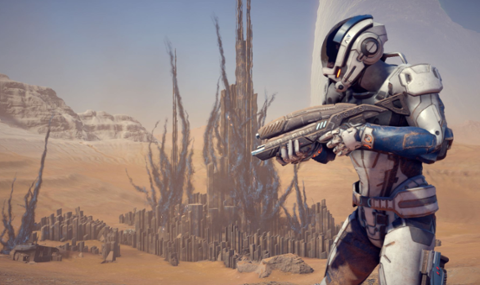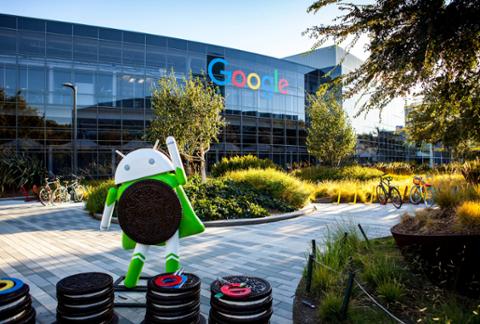 The answer to that question will help determine whether the Stadia effort is a success or failure. The other part of the equation is developers. Google claims that Stadia will effortlessly run AAA (i.e., the highest of the high end) games, and mega-developer Id has announced that “Doom: Eternal” will be a launch title, but for the moment the company is keeping tight-lipped about the portfolio of games when the service launches sometime in 2019.
The answer to that question will help determine whether the Stadia effort is a success or failure. The other part of the equation is developers. Google claims that Stadia will effortlessly run AAA (i.e., the highest of the high end) games, and mega-developer Id has announced that “Doom: Eternal” will be a launch title, but for the moment the company is keeping tight-lipped about the portfolio of games when the service launches sometime in 2019.
Google's Stadia Poses Big Questions for Game Developers
Google has launched a new gaming platform, Stadia, that it hopes will allow it to take a huge chunk of the multi-billion-dollar gaming market. As you’d expect from any Google product, Stadia is all about streaming via the browser, rather than the “traditional” console setup preferred by many of its new rivals in the space. Players can stream games on certain tablets and phones, as well as laptops and televisions. Personalities on YouTube can share key moments of games with viewers via a feature called State Share. And developers can leverage the power of Google’s datacenters to deliver games with 4K HDR graphics at 60fps. The idea of playing AAA games in the Chrome browser is an appealing one, but Google will face significant competition on the streaming front. For example, Microsoft is experimenting with an Xbox-based streaming service, while PlayStation Now gives players the ability to stream a selection of games for the PlayStation 2, 3, and 4. Valve is also interested in streaming via its Steam Link Anywhere, and Apple may even get into the game (so to speak). There’s also the pressing question of lag. Although Google claims to have architected this platform in a way that will minimize lag time, it’s difficult to say whether that will prove true once thousands (or even millions) of gamers give the platform a try simultaneously. While things like lag and frame-rate aren’t that big a deal with some titles (for example, strategy games), the real test will come with fast-paced, richly detailed action games that require a ton of processing power. For example, imagine a game like “Call of Duty” with thousands of players participating concurrently, all while YouTube stars live-stream the action. Google has truly epic infrastructure, but can it deliver a seamless experience to the vast majority of those participating? For gamers and developers, lag in downloads and streaming plays is already a serious issue:  The answer to that question will help determine whether the Stadia effort is a success or failure. The other part of the equation is developers. Google claims that Stadia will effortlessly run AAA (i.e., the highest of the high end) games, and mega-developer Id has announced that “Doom: Eternal” will be a launch title, but for the moment the company is keeping tight-lipped about the portfolio of games when the service launches sometime in 2019.
The answer to that question will help determine whether the Stadia effort is a success or failure. The other part of the equation is developers. Google claims that Stadia will effortlessly run AAA (i.e., the highest of the high end) games, and mega-developer Id has announced that “Doom: Eternal” will be a launch title, but for the moment the company is keeping tight-lipped about the portfolio of games when the service launches sometime in 2019.
 The answer to that question will help determine whether the Stadia effort is a success or failure. The other part of the equation is developers. Google claims that Stadia will effortlessly run AAA (i.e., the highest of the high end) games, and mega-developer Id has announced that “Doom: Eternal” will be a launch title, but for the moment the company is keeping tight-lipped about the portfolio of games when the service launches sometime in 2019.
The answer to that question will help determine whether the Stadia effort is a success or failure. The other part of the equation is developers. Google claims that Stadia will effortlessly run AAA (i.e., the highest of the high end) games, and mega-developer Id has announced that “Doom: Eternal” will be a launch title, but for the moment the company is keeping tight-lipped about the portfolio of games when the service launches sometime in 2019.



